Andertons Scoreboard: Studio Monitor Shootout – 7-inch Woofers
Just like last time when we reviewed some of our most popular 5-inch studio monitors, for this shootout we got some of the Andertons team down to the Monitor Room to compare a range of different 7-inch monitors to see which they thought came out on top! The staff here at Andertons have extensive experience with music production and hearing these specific monitors in-use day in, day out.
For our comparisons, we listened to tracks we know and love and used the same metrics to compare each monitor, including high, mid, and low-end frequency response, along with the overall sound quality.
We also compared the connectivity capabilities – some monitors offer aux inputs, balanced inputs, unbalanced outputs… it’s worth considering which option you’ll have access to. Controllability is another factor we considered, some monitors feature simple EQ switches, other offer more sophisticated digital processing and an LED screen.
Let’s start looking at some of our most popular 7-inch studio monitors we have in store!
If you haven’t yet checked our 5-inch studio monitor shootout.



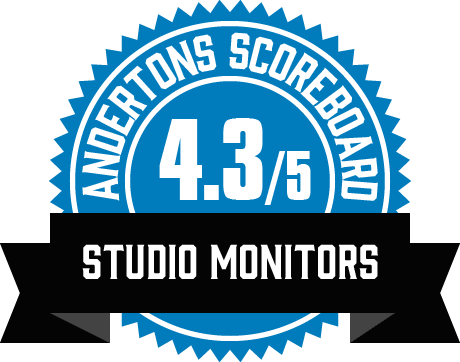

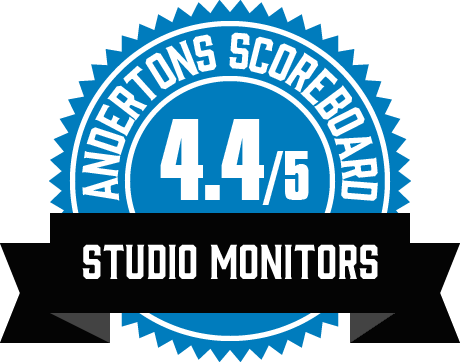

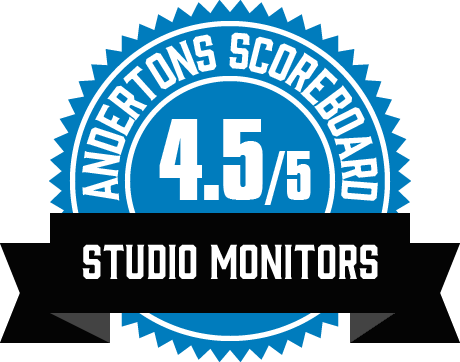
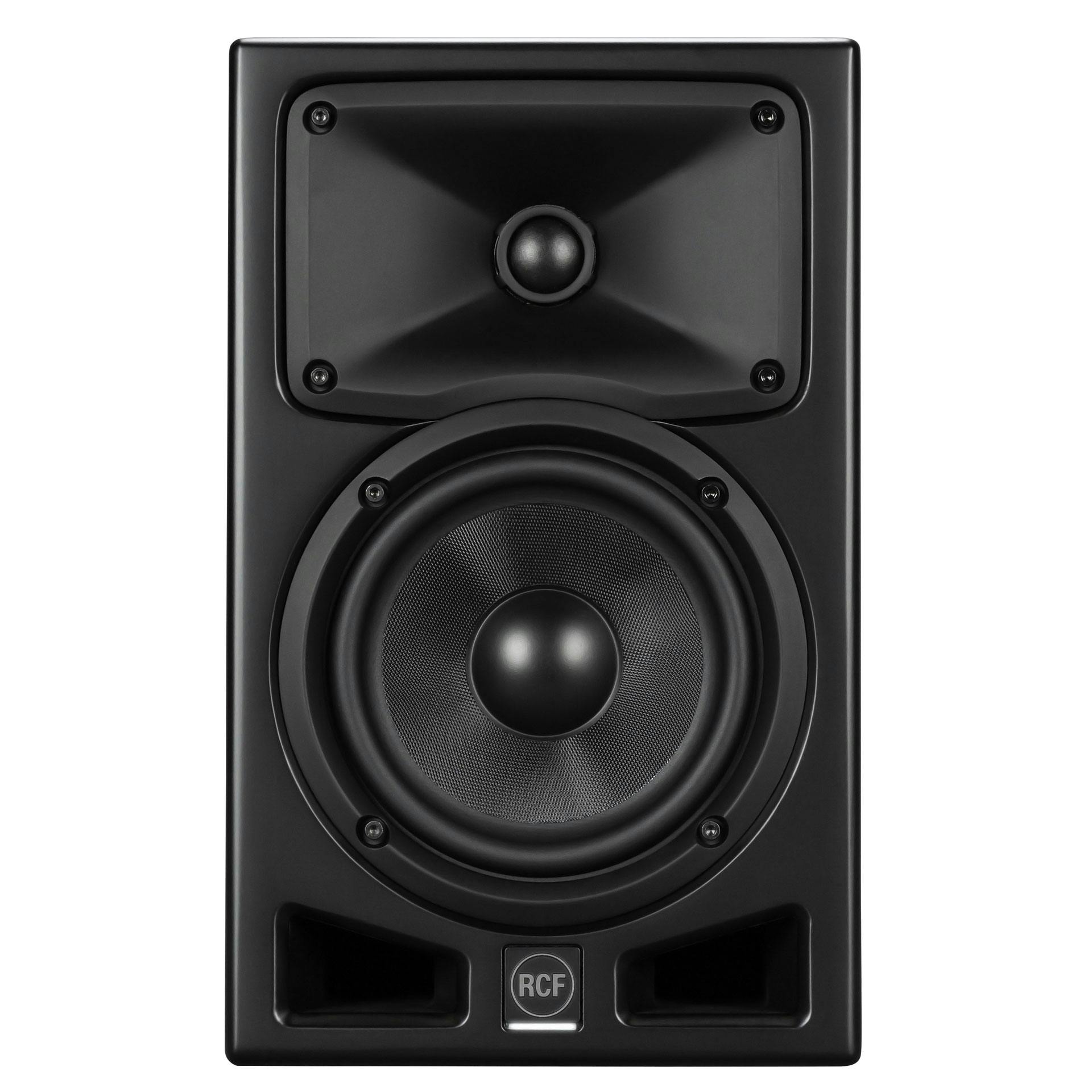
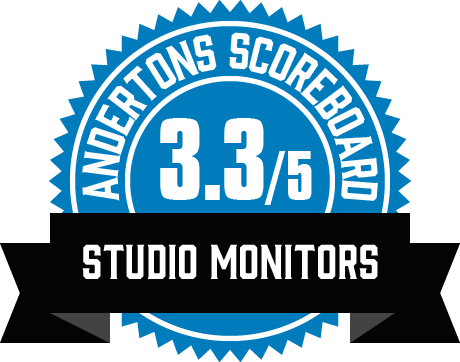

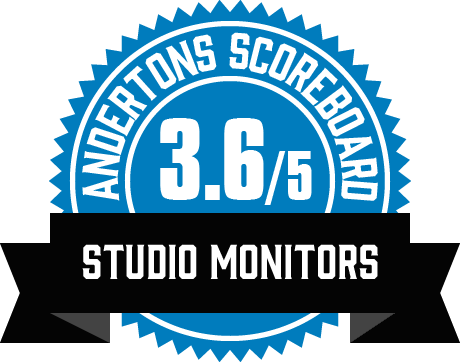
Responses & Questions